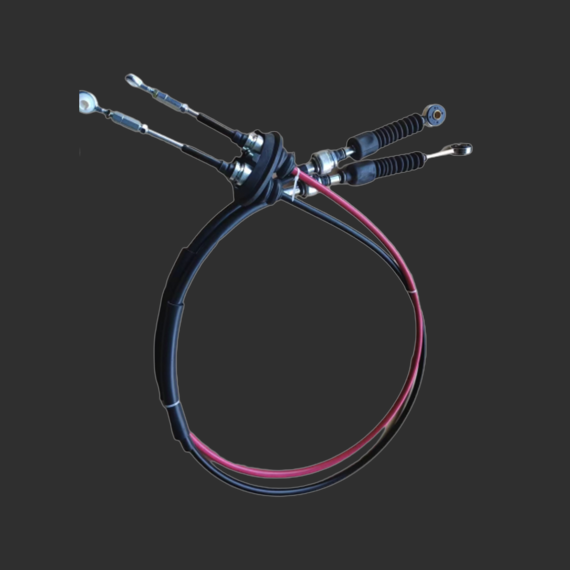Hand-Operated Throttle Management for Enhanced Control and Precision
Hand Throttle Control A Comprehensive Overview
In the realm of motor vehicles and machinery, precision control is essential for optimal performance. One method that has gained significant recognition is the use of hand throttle control systems. This technology allows operators to regulate engine speed and power output manually, providing a tailored driving experience that enhances both safety and efficiency.
Understanding Hand Throttle Control
At its core, a hand throttle control system allows the user to adjust the throttle position using a control lever mounted on the vehicle's handlebars or nearby controls. Unlike traditional foot-operated throttles, which are standard in most automotive applications, hand throttle systems cater primarily to specific vehicles and machinery types. This includes motorcycles, all-terrain vehicles (ATVs), snowmobiles, and certain agricultural and industrial machinery.
One of the principal advantages of hand throttle control is the accessibility it offers, especially for operators who may have physical limitations affecting their foot operation. It provides an alternative means to exert control over the vehicle, thereby enhancing overall driver comfort and reducing fatigue on long journeys or during extended periods of operation.
Enhanced Control and Precision
Hand throttle control allows for finer adjustments to engine speed, enabling operators to optimize performance based on situational demands. For example, in off-road scenarios where traction may be unpredictable, slight modulation of throttle input can significantly affect a vehicle's stability and control. This is particularly crucial in competitive environments where quick responses can determine the outcome of a race.
Moreover, hand throttle systems minimize the risk of unintentional acceleration. Operators can maintain a steady speed without needing to keep their foot on the accelerator pedal, which can be particularly beneficial in heavy traffic or during specific tasks requiring precise speed management. Such control reduces the likelihood of accidents and promotes a safer operating environment.
hand throttle control

Versatility in Application
The versatility of hand throttle systems extends beyond recreational vehicles. In agricultural machinery, for instance, operators often need to maintain consistent speeds for tasks such as plowing or planting. Manual throttle control allows them to adjust the engine performance according to the specific requirements of their work, enabling better fuel efficiency and productivity.
Furthermore, in industrial applications, hand throttle controls can be found in equipment like forklifts and cranes, where precise control is necessary for safe operation in confined spaces. By allowing operators to manage engine output manually, these systems help prevent accidents and ensure that loads are handled safely and efficiently.
Installation and Maintenance Considerations
Integrating a hand throttle control system into a vehicle or machine necessitates careful planning and consideration. Installation typically involves mounting the throttle lever securely and ensuring that it connects effectively to the engine's throttle valve. Operators must also be trained on the proper use of the system to maximize safety and efficiency.
Regular maintenance is vital for the longevity and reliability of hand throttle controls. Operators should periodically check the control mechanism for any signs of wear or damage, as well as ensure that all linkages are functioning smoothly. A well-maintained hand throttle system not only enhances safety but also contributes to more efficient operation.
Conclusion
Hand throttle control systems exemplify the pursuit of improved functionality and user comfort in vehicle operation. By providing a means to adjust engine performance manually, these systems have become indispensable in various applications ranging from recreational activities to industrial operations. As technology continues to evolve, the principles of precision and control inherent in hand throttle systems will undoubtedly remain integral to enhancing the overall driving experience.
-
Upgrade Your Vehicle with High-Quality Handbrake CablesNewsNov.01,2024
-
Optimize Your Bike's Performance with Quality CablesNewsNov.01,2024
-
Enhance Your Vehicle's Performance with Quality Clutch ComponentsNewsNov.01,2024
-
Elevate Your Vehicle's Performance with Quality Throttle CablesNewsNov.01,2024
-
Elevate Your Vehicle's Performance with Quality CablesNewsNov.01,2024
-
Affordable Solutions for Your Cable NeedsNewsNov.01,2024
